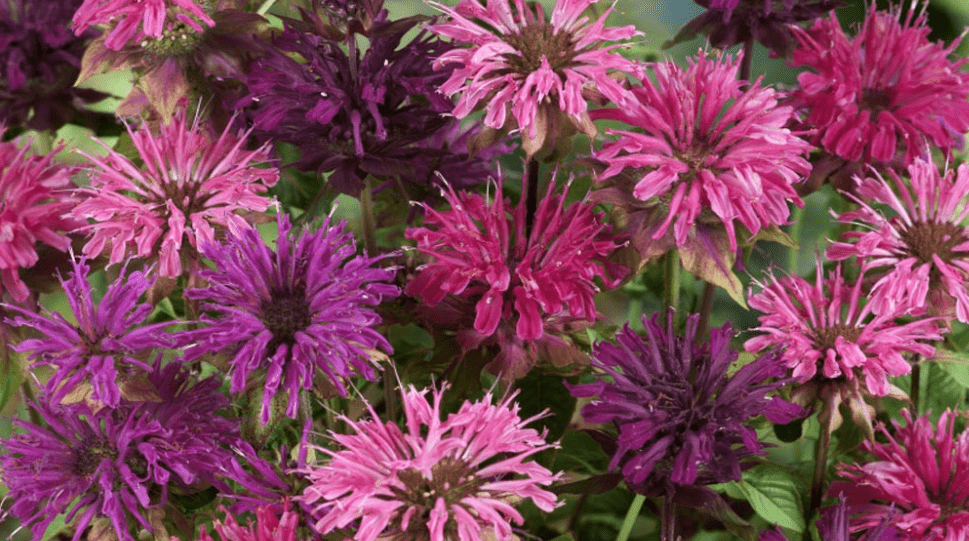
Beginner's Guide to Growing Monarda from Seed
Monarda, also known as bee balm, is a beautiful and vibrant plant that can add a pop of color to any garden. If you’re new to gardening and want to try your hand at growing Monarda from seed, then this beginner’s guide is perfect for you. We’ll walk you through the step-by-step process and provide helpful tips to ensure that your Monarda plants thrive and bloom beautifully in your garden. Whether you have a green thumb or are just starting out, this guide will help you successfully grow Monarda from seed.
Table of Contents
ToggleUnderstanding Monarda
A. Description and varieties of Monarda
Monarda, or bee balm, is a perennial plant native to North America. It is known for its colorful, tubular flowers and aromatic foliage. There are several varieties of Monarda, each with their own unique colors and characteristics, including red, pink, purple, and white blooms. Understanding the different varieties will help you choose the one that best suits your garden.
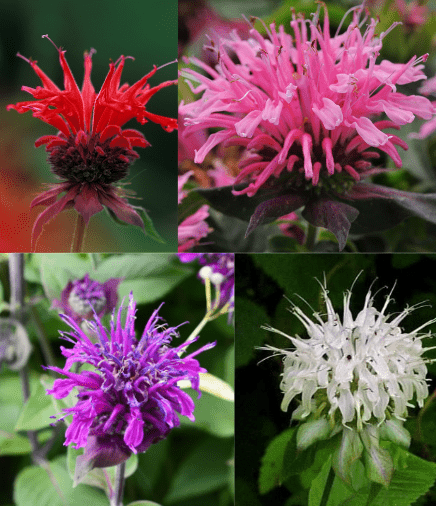
B. Ideal growing conditions
Monarda thrives in full sun to partial shade and prefers well-draining soil. It is also known to attract pollinators, such as bees and butterflies, making it a great addition to any garden. Additionally, it is important to keep the soil consistently moist, but not waterlogged, to ensure healthy growth. Understanding the ideal growing conditions for Monarda will help you create the perfect environment for it to flourish.
C. Benefits of Monarda in gardens (attracts pollinators, medicinal uses)
Monarda is a great addition to any garden for a number of reasons. Not only does it attract pollinators like bees and butterflies, but it also has a number of medicinal uses. Its vibrant blooms and ability to attract beneficial insects make it an excellent choice for gardeners looking to support local ecosystems and add beauty to their outdoor spaces. Additionally, its use in traditional medicine and teas adds an extra layer of value to this versatile plant.
Preparing for Planting
A. Choosing the right variety for your garden
When choosing the right variety of Monarda for your garden, it’s important to consider factors such as the plant’s height, flower color, and hardiness. There are many different varieties to choose from, so take the time to research which one will best suit your garden’s needs and aesthetic preferences. Some varieties may be more compact and suitable for smaller spaces, while others may be taller and more suitable for larger landscapes. Additionally, consider whether you want a specific flower color or if you’re looking for a particular level of hardiness to ensure the plant will thrive in your specific climate.
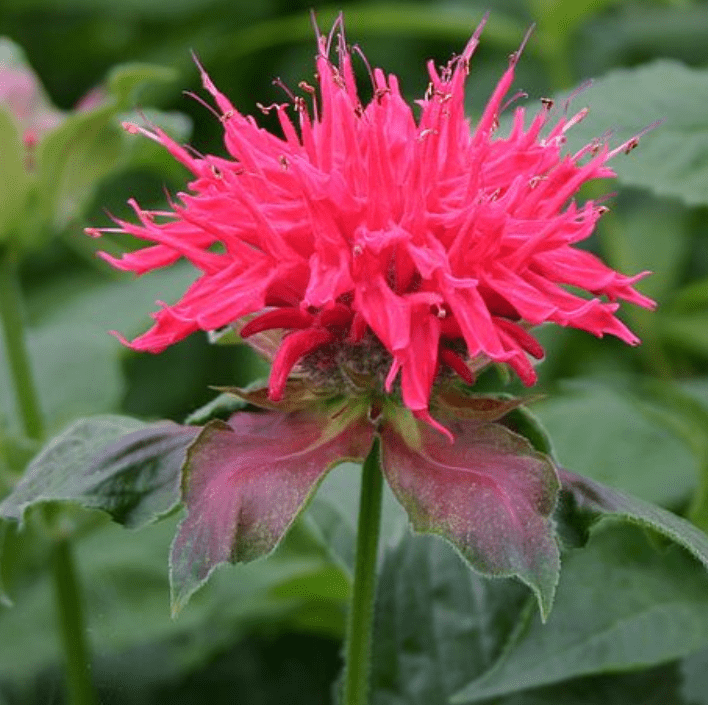
B. Selecting a planting site with appropriate sunlight and soil conditions
When selecting a planting site for Monarda, it’s important to choose an area that receives full sun to partial shade and has well-draining soil. Monarda plants thrive in areas with at least six hours of sunlight per day, so be sure to choose a location that meets this requirement. Additionally, the soil should be fertile and well-draining to prevent waterlogging, which can cause root rot. Consider conducting a soil test to determine the pH level and nutrient content of the soil in the chosen planting site to ensure it meets the needs of the Monarda plant. With the right variety and a suitable planting site, your Monarda plant is sure to thrive in your garden.
C. Preparing the soil: testing, amending, and ensuring proper drainage
Preparing the soil for planting Monarda involves testing the soil to determine its pH level and nutrient content, amending the soil as needed, and ensuring proper drainage. Conducting a soil test can help determine if the soil needs any amendments, such as adding organic matter or adjusting the pH level. It’s important to ensure that the soil has good drainage to prevent waterlogging, which can cause root rot. Adding organic matter, such as compost, can improve the soil structure and fertility. Consider incorporating these steps to prepare the soil for planting Monarda and ensure the best growing conditions for your plant.
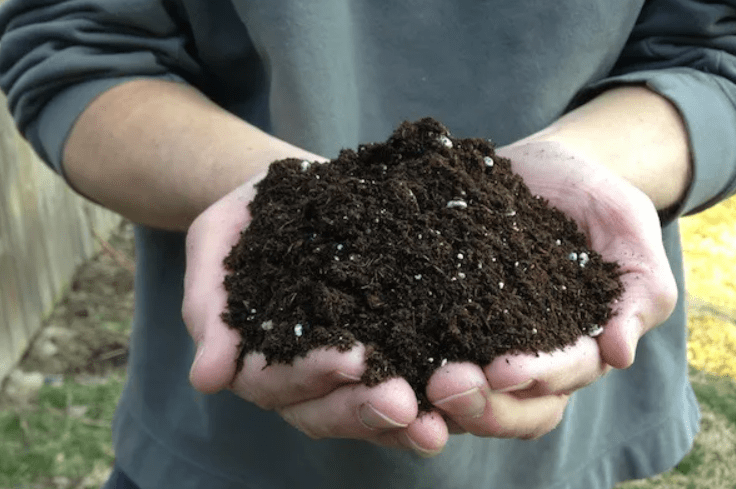
Seed Selection and Germination
A. Where to buy quality Monarda seeds
Where to buy quality Monarda seeds depends on your location, but reputable garden centers, nurseries, and online seed retailers are good places to start. Look for seeds from reputable sources that have a good reputation for quality and reliability. It’s important to choose seeds that are fresh and properly stored to ensure a higher germination rate. Consider factors such as the variety of Monarda you want to grow and any specific growing requirements it may have. Research the best sources for Monarda seeds in your area or online to find the highest quality options for your garden.
B. Step-by-step guide to germinating Monarda seeds indoors
Germinating Monarda seeds indoors is a relatively simple process. Here’s a step-by-step guide to help you get started:
- Start by filling a seed tray or small pots with a good quality seed starting mix. Make sure the soil is moist but not waterlogged.
- Scatter the Monarda seeds on the surface of the soil, spacing them evenly apart. Press the seeds lightly into the soil, but avoid burying them too deep as they require light to germinate.
- Place the seed tray or pots in a warm, well-lit area. Monarda seeds require consistent moisture and warmth to germinate, so consider covering the tray with a clear plastic dome or plastic wrap to create a mini greenhouse effect.
- Check the soil regularly to ensure it stays consistently moist, but not waterlogged. It’s important to keep the soil warm, ideally around 70-75°F, to encourage germination.
- Once the seeds have germinated and the seedlings have developed their first set of true leaves, you can carefully transplant them into individual pots with well-draining soil.
By following these steps, you can successfully germinate Monarda seeds indoors and get a head start on growing these beautiful plants for your garden.
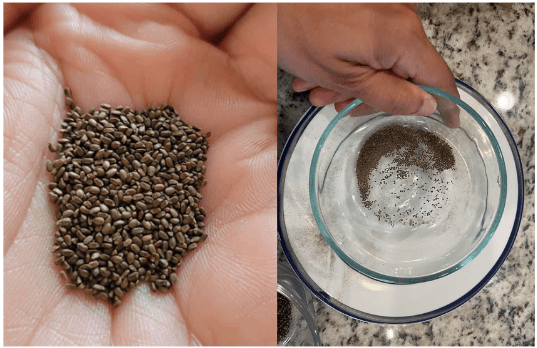
Direct Sowing Outdoors
A. When to plant Monarda seeds outdoors
Monarda seeds can be planted outdoors in the spring, after the last frost has passed. Choose a sunny location with well-drained soil to plant the seeds. Sow the seeds directly into the soil, covering them lightly with a thin layer of soil. Keep the soil consistently moist until the seeds have germinated and the seedlings have developed. With proper care and attention, you can enjoy the beautiful blooms of Monarda in your garden.
B. Preparing the garden bed
Before direct sowing outdoors, it is important to prepare the garden bed properly. Clear any debris or weeds from the area and loosen the soil to a depth of about 6-8 inches. Add organic matter, such as compost, to improve the soil structure and fertility. Rake the soil smooth and level before sowing the seeds. This will provide the best environment for the seeds to germinate and grow into healthy plants.
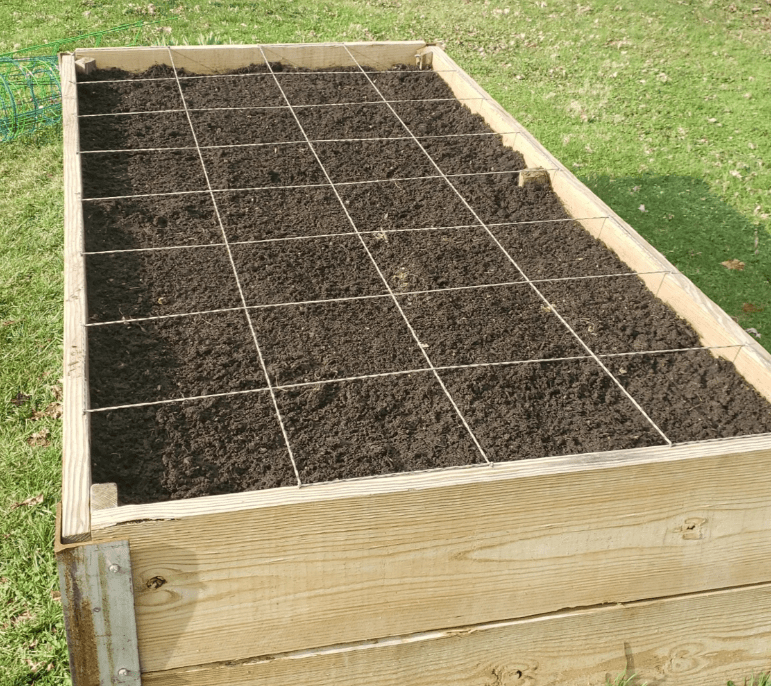
C. Sowing seeds directly in the soil
When sowing seeds directly into the soil, it is important to choose the right time and conditions for optimal germination. Make sure the soil is moist but not waterlogged, and the air and soil temperature are suitable for the specific type of seeds you are planting. Follow the specific instructions on the seed packet for the correct planting depth and spacing. Gently press the seeds into the soil and cover them lightly with soil if necessary. Keep the soil consistently moist until the seeds germinate and the seedlings establish themselves. This method is best for plants that do well with direct sowing, such as certain vegetables, flowers, and herbs.
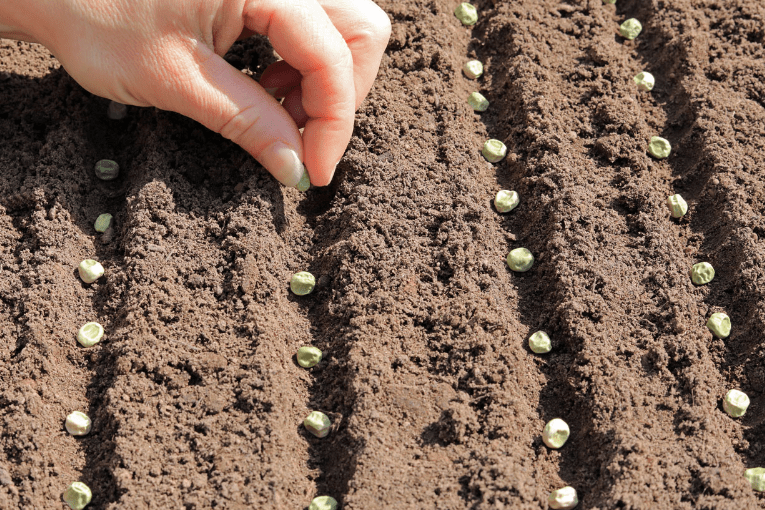
D. Tips for ensuring good seed-to-soil contact and adequate spacing
Include regularly checking the soil moisture, removing any weeds or debris, and providing protection from animals or pests. Once the seedlings have grown, thin them out if necessary to ensure adequate spacing for healthy growth. And remember to continue to provide the right conditions for the plants to thrive, such as sunlight, water, and nutrients as they grow. By sowing seeds directly in the soil and following these tips, you can encourage strong and healthy plant growth.
Caring for Monarda Seedlings
A. Watering guidelines for young plants
Water your Monarda seedlings regularly, keeping the soil consistently moist but not waterlogged. It’s important to water at the base of the plants to avoid wetting the foliage, as this can lead to disease. Monitor the soil moisture levels and adjust your watering schedule as needed based on weather conditions. As the Monarda seedlings establish roots, you can gradually reduce the frequency of watering. Be sure to also provide a layer of mulch around the base of the plants to help retain moisture. With the proper watering routine, your Monarda seedlings will thrive and develop into healthy, mature plants.
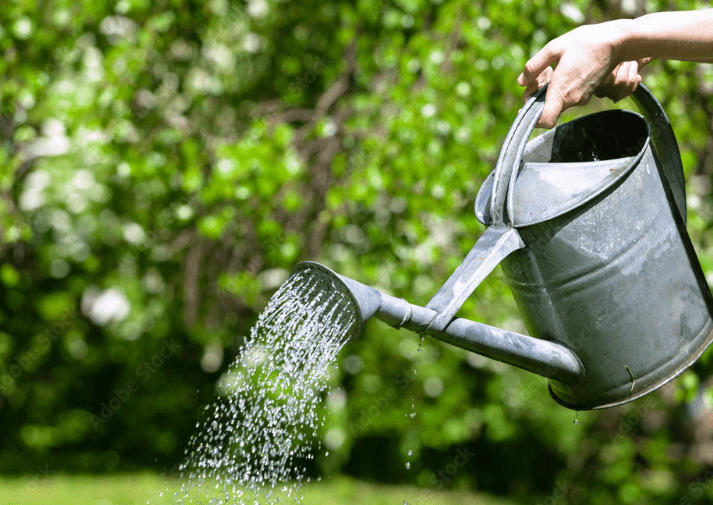
B. Protecting seedlings from pests and diseases
To protect your young plants from pests and diseases, it’s important to keep an eye out for any signs of damage or infestation. Inspect the leaves and stems regularly for any unusual spots or discoloration. It’s also helpful to keep the area around the plants free of debris and weeds, as these can attract pests and harbor diseases.
You can also use organic pest control methods, such as introducing beneficial insects or using insecticidal soaps, to prevent and manage pest infestations. Additionally, practicing good garden hygiene, such as cleaning and sanitizing your gardening tools and containers, can help prevent the spread of diseases.
It’s important to address any pest or disease issues promptly to protect the health and growth of your young plants. By being proactive and vigilant, you can help ensure that your plants stay healthy and free from pests and diseases.
C. Thinning seedlings to prevent overcrowding
Thinning seedlings to prevent overcrowding is another important step in maintaining the health of your young plants. Overcrowding can lead to competition for resources and increase the risk of disease. Regularly thinning out excess seedlings can help promote better air circulation, reduce the spread of diseases, and support the overall vigor and growth of the remaining plants. It’s best to thin seedlings when they are still small and delicate to minimize the disturbance to the roots of the remaining plants. By carefully removing excess seedlings, you can help ensure that the remaining plants have enough space and resources to thrive.
Maintenance and Growth
A. Ongoing care for mature Monarda plants
Ongoing care for mature Monarda plants involves regular watering, especially during dry periods, and feeding with a balanced fertilizer to promote healthy growth. Deadheading spent flowers can encourage prolonged blooming and prevent self-seeding. It’s also important to monitor for any signs of disease or pest infestations and take appropriate action to prevent any issues from spreading. Additionally, dividing Monarda plants every 2-3 years can help maintain their vigor and prevent overcrowding. Overall, providing consistent care and maintenance will ensure that your Monarda plants continue to thrive and bloom year after year.
1. Pruning and deadheading for continuous blooms
When it comes to pruning and deadheading Monarda plants for continuous blooms, it’s important to remove any spent flowers to encourage new growth and prolong the blooming period. This can be done by simply snipping off the faded blooms with a pair of sharp scissors or pruning shears. Additionally, pruning back any leggy or overgrown stems can help promote a bushier, more compact growth habit. By regularly deadheading and pruning your Monarda plants, you can help maintain a neat and tidy appearance while also encouraging continuous blooming throughout the growing season.
B. Dealing with common problems (pests, diseases, nutrient deficiencies)
When it comes to dealing with common problems such as pests, diseases, and nutrient deficiencies in Monarda plants, it’s important to monitor the plants regularly for any signs of trouble. Common pests that can affect Monarda plants include spider mites, aphids, and powdery mildew. These can often be controlled with insecticidal soap or horticultural oil, and by ensuring proper air circulation around the plants.
Diseases such as powdery mildew and root rot can be prevented by avoiding overhead watering and providing good drainage. If nutrient deficiencies are a concern, a balanced fertilizer can be applied according to label instructions. It’s also important to remove any diseased or damaged foliage promptly to prevent the spread of disease and to promote overall plant health. By staying vigilant and addressing any issues promptly, you can help keep your Monarda plants healthy and thriving.
Harvesting and Uses
A. When and how to harvest Monarda flowers and leaves
Monarda flowers and leaves can be harvested when they are in full bloom. It’s best to harvest the flowers in the morning when the dew has dried but before the heat of the day. Simply snip the flowers and leaves with clean, sharp scissors or pruning shears. You can use the flowers and leaves fresh, or dry them for later use. To dry them, hang them upside down in a well-ventilated, dark area. Once dried, you can store them in an airtight container for later use. Monarda flowers and leaves can be used in teas, as a seasoning for meats, or to make infused oils and vinegars.
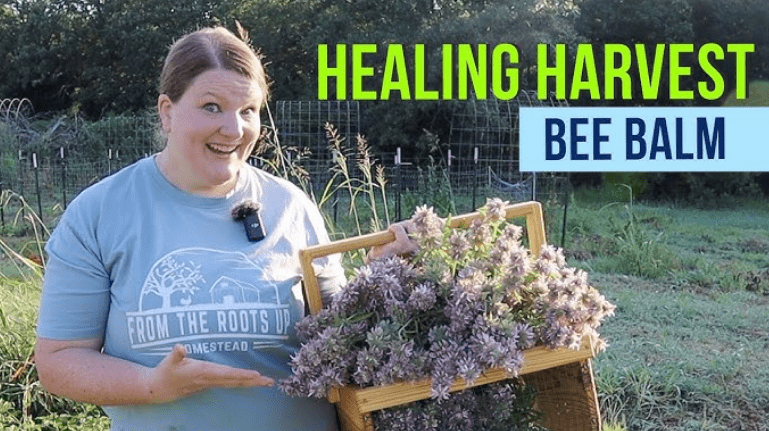
B. Culinary and medicinal uses of Monarda
Monarda, also known as bee balm, has both culinary and medicinal uses. When harvesting the flowers and leaves, it’s best to do so in the morning when the dew has dried but before the heat of the day. Simply snip the flowers and leaves with clean, sharp scissors or pruning shears. You can use the flowers and leaves fresh, or dry them for later use. To dry them, hang them upside down in a well-ventilated, dark area. Once dried, you can store them in an airtight container for later use.
In terms of culinary uses, Monarda flowers and leaves can be used in teas, as a seasoning for meats, or to make infused oils and vinegars. In terms of medicinal uses, Monarda has been used traditionally for its antiseptic and soothing properties. It can be made into a tea or infused into oil for external use.
In conclusion, Monarda is a versatile plant with both culinary and medicinal uses, and proper harvesting and storage methods can ensure that you have a supply of this useful herb for a variety of purposes.
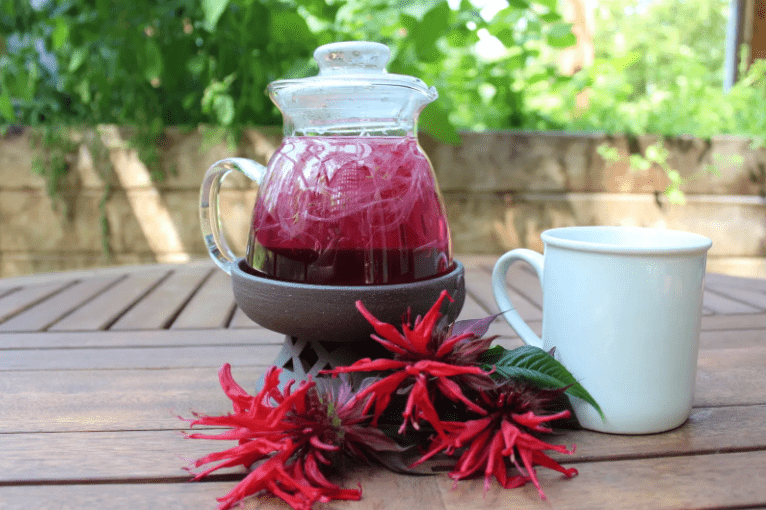
C. Preserving Monarda (drying, storing)
Drying and preserving Monarda is a simple process that allows you to enjoy its culinary and medicinal benefits for an extended period of time. To dry Monarda, simply hang the flowers and leaves upside down in a well-ventilated, dark area. Once dried, store them in an airtight container for later use. In terms of culinary uses, Monarda can be used in teas, as a seasoning for meats, or to make infused oils and vinegars. Medicinally, Monarda has antiseptic and soothing properties and can be made into a tea or infused into oil for external use. Overall, Monarda is a versatile plant with a variety of uses, and proper harvesting and storage methods can ensure that you have a supply of this useful herb for a variety of purposes.
In conclusion, growing Monarda from seed is a rewarding and enjoyable process that can bring beauty and color to your garden. By following the steps and tips outlined in this guide, you can successfully grow Monarda and enjoy its vibrant blooms. Remember to provide the right conditions, such as well-drained soil and plenty of sunlight, and to water and fertilize the plants regularly. With a little care and attention, you can watch your Monarda plants thrive and flourish in your garden. Happy gardening!
Frequently Asked Questions (FAQs)
Monarda, also known as bee balm, is a beautiful flowering plant that is native to North America. It is known for its vibrant and aromatic flowers, which attract bees, butterflies, and hummingbirds to the garden.
To grow Monarda from seed, start by planting the seeds in a well-draining potting mix in early spring. Keep the soil moist and place the pot in a warm, sunny location. The seeds should germinate within a few weeks.
Monarda typically blooms in its second year after planting from seed. However, some varieties may bloom in their first year.
Monarda thrives in full sun or partial shade and prefers moist, well-drained soil. It is important to water the plant regularly, especially during dry periods.
Once your Monarda has grown, it is important to deadhead the flowers to encourage continuous blooming. Additionally, you may need to divide the plant every few years to prevent overcrowding.
While Monarda is best suited for outdoor gardens, it is possible to grow it indoors in a sunny window. Just be sure to provide adequate light and water.
Monarda is generally resistant to pests and diseases. However, it is susceptible to powdery mildew in humid conditions. To prevent this, ensure good air circulation around the plant and avoid overhead watering.
Yes, Monarda has a long history of medicinal and culinary use. The leaves and flowers can be used to make tea, and the plant has antibacterial and antifungal properties. However, it is important to do thorough research before using any plant for medicinal purposes.
